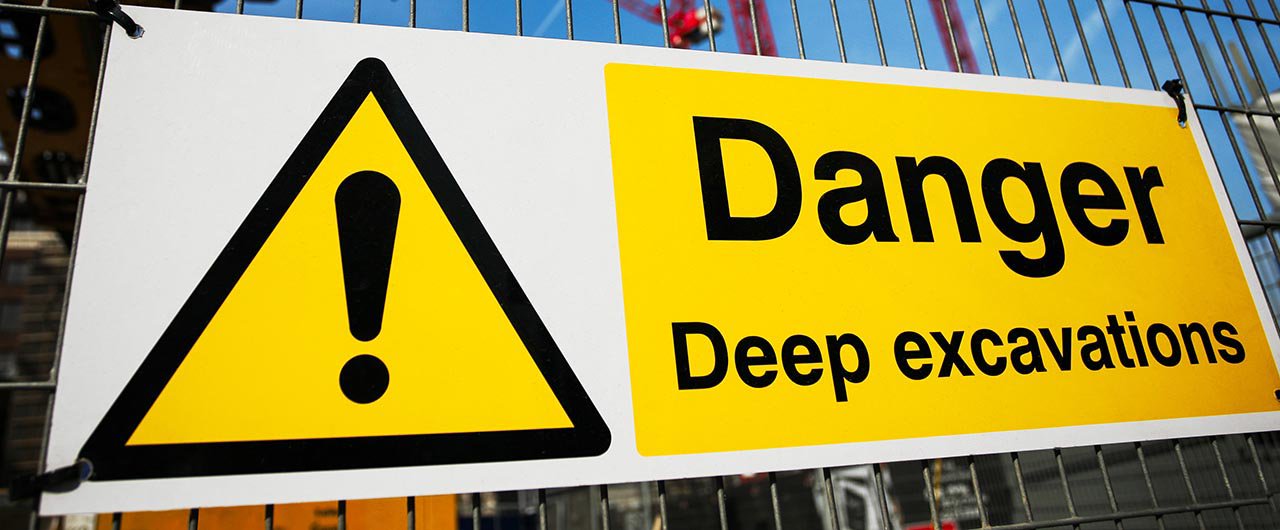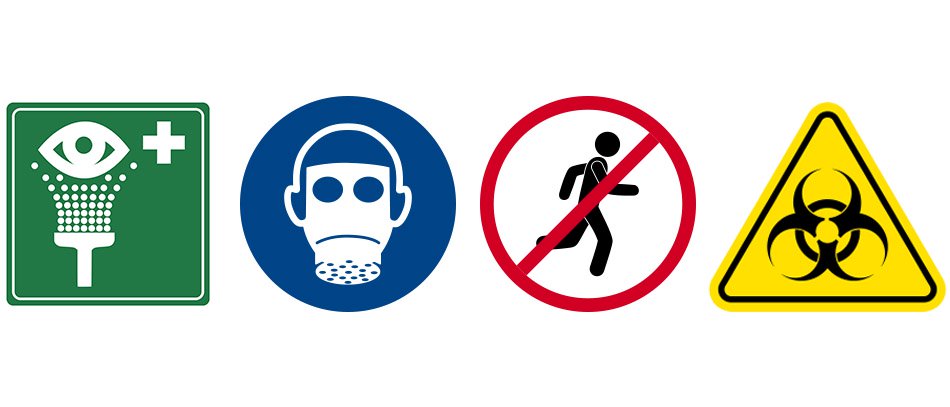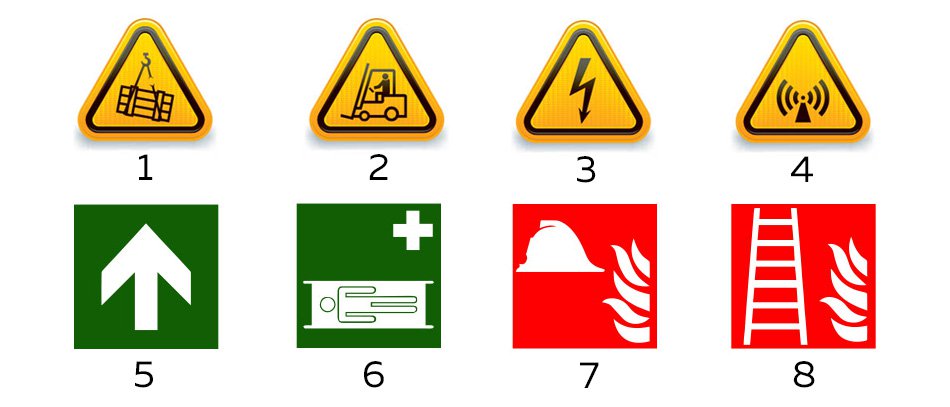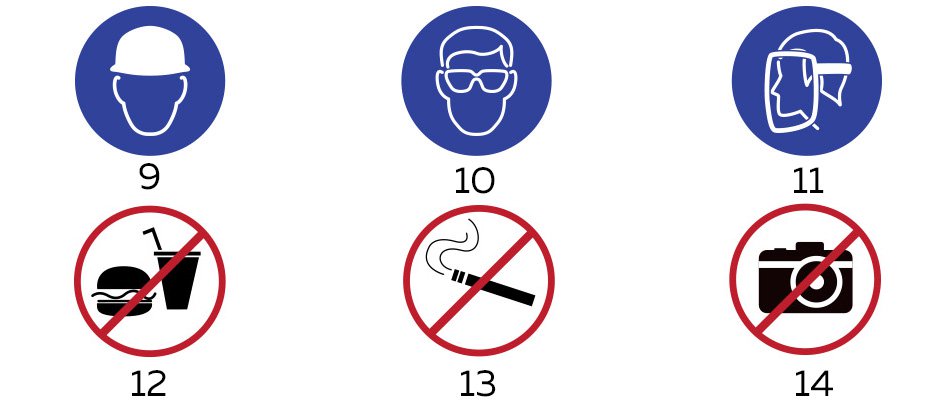Quiz: The Language of Safety Signs
Understanding safety signs is vital for us. These signs provide information about potential dangers and give instructions on how to proceed. There are 3 main elements to every sign. These elements are the shape, color and image on it. In order to understand the language of safety signs, you should understand these 3 characteristics.
Table of contents







